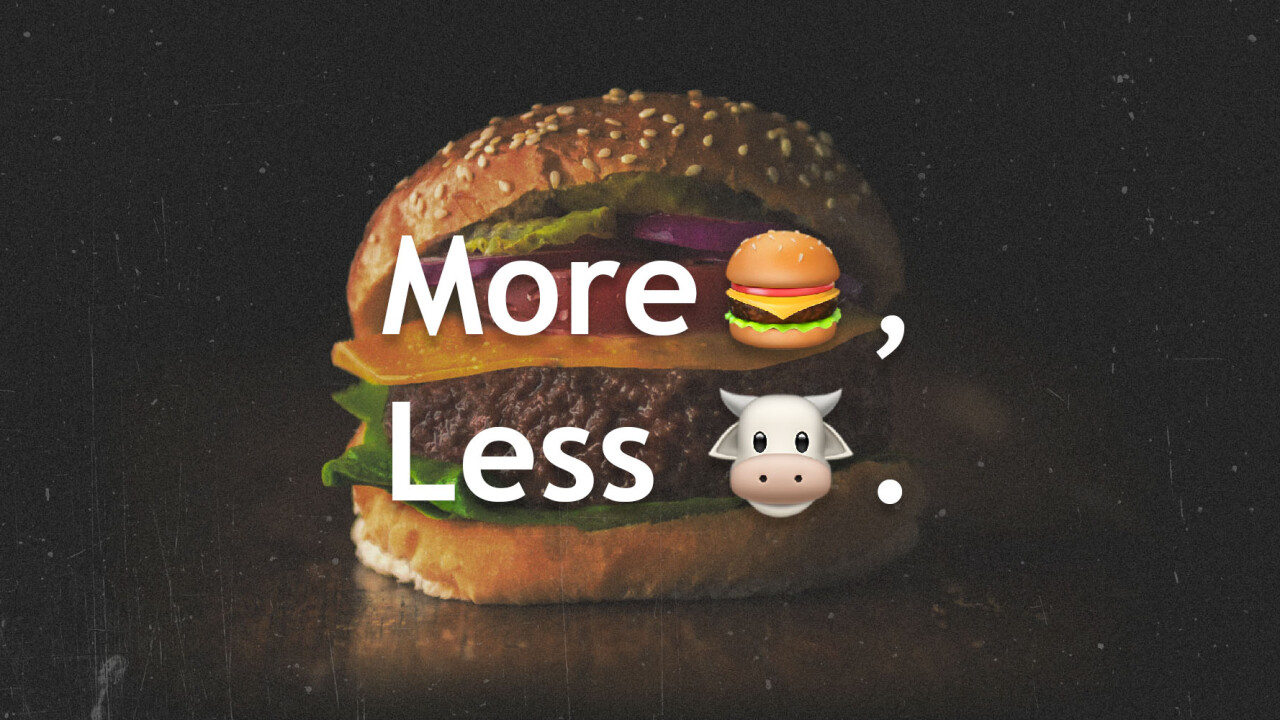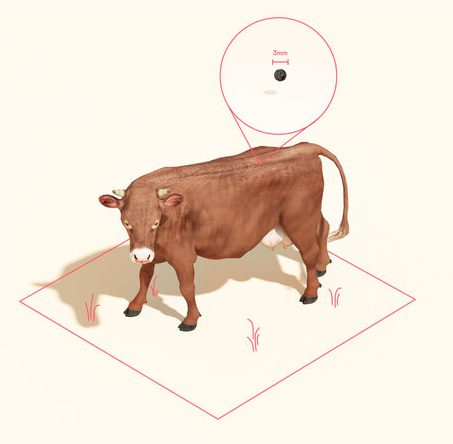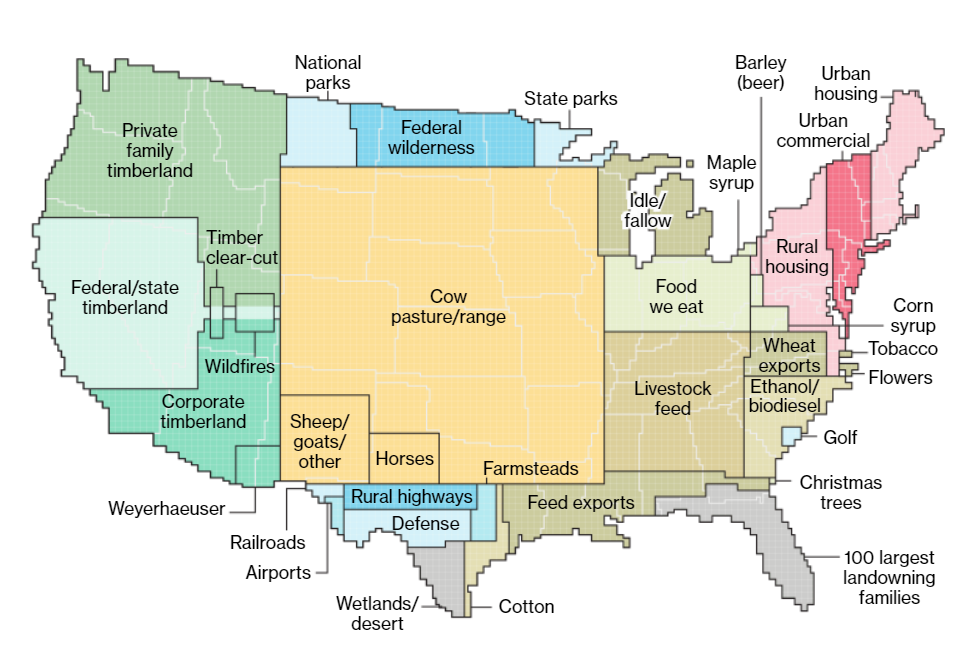
Anthony Bourdain once wrote, “Good food, good eating, is all about blood and organs, cruelty and decay.” But if Mosa Meat gets its way, you might soon be able to get the blood and organs without all the cruelty to the animals and decay of the planet.
I’ve been vegan for a few years now, but for most of my life, I would consume several pounds of meat a day. With established plant-based options like Impossible Foods, Beyond Meat, and newcomers like Juicy Marbles making headway into the meat market, I’ve found most of my cravings for meet met.
Still, the idea of lab-grown beef, with all the flavor and convenience of dead-cow muscle and none of the dead cow, intrigues me. But I had some questions.
Don’t you still need cows to cultivate the cells?
Yes, but the difference is you need fewer cows – a lot fewer cows. And they get to stay alive, too.
According to Mosa Meat, it only requires a sample the size of a peppercorn — a diameter of about 3mm — in order to produce 80,000 burgers. By comparison, you can only get about 800 burgers from a cow the traditional way.

Once that tiny sample is collected under anesthesia, the cows are free to roam and live their lives.
While the use of even a few cows might not fit the strict definition of veganism, it’s not hard to see how much more efficient, kind, and sustainable cultured meat could be.
How can that tiny sample grow into 80,000 burgers?
Mosa says it replicates the natural environment of the cells without additional animal components, providing nutrients in an oxygen-rich and temperature-controlled environment.
Mosa develops both the muscle and fat tissue this way to get all the flavor of regular beef. Eventually, a single sample grows into 800 million strands of tissue.
How much of a difference could it make, really?
Raising and slaughtering cows takes up a lot of resources. Just look at this map of how much land in the US is used for beef.

According to Bloomberg, approximately 41% of the total available land in the contiguous US is dedicated to feeding livestock.
Land aside, creating traditional beef uses a ton of water and energy. In all, a study from 2017 estimated that 23% of global warming can be attributed to the livestock sector.
Why not just stick to plant-based meats?
The folks at Mosa Meat support those following plant-based diets, and many of its employees are vegan and vegetarian. But the company is concerned not everyone will want to take that route. As such, the company says it needs “to look at every possible avenue of reducing livestock farming, including cultured meat.”
In theory, there’s also no second-guessing with cultivated beef. It should taste like beef because it is beef. In particular, Mosa Meat has recently begun cultivating its own fat in addition to muscle tissue, which could provide some of the subtle flavors arguably missing from plant-based options.
People also generally seem more inclined to try lab-grown realbeef over a plant-based simulacrum. Surveys have suggested anywhere from 20% to 90% of consumers would be willing to eat cultured meat. . While that’s a huge range, even a 20% reduction in traditional beef methods would have a dramatic impact on the environment and animal welfare.
Is the meat genetically modified?
Nope — as the company points out on its FAQ page, that would actually be illegal in much of Europe. The company even published a peer-reviewed paper in Nature on how it achieves cell growth without genetic modification or requiring any other animal byproducts.
When can I buy myself some lab-grown meat?
Mosa Meat isn’t available to the public yet, but it plans on launching in the next couple of years. The Netherlands, where Mosa Meat is headquartered, recently earmarked €60M in funding for cultured meat. It’ll be here sooner than you think.
Did you know Tim van de Rijdt, Chief Marketing Offer of Mosa Meat, is speaking at the TNW Conference on June 16? Check out the full list of speakers here.
Get the TNW newsletter
Get the most important tech news in your inbox each week.




